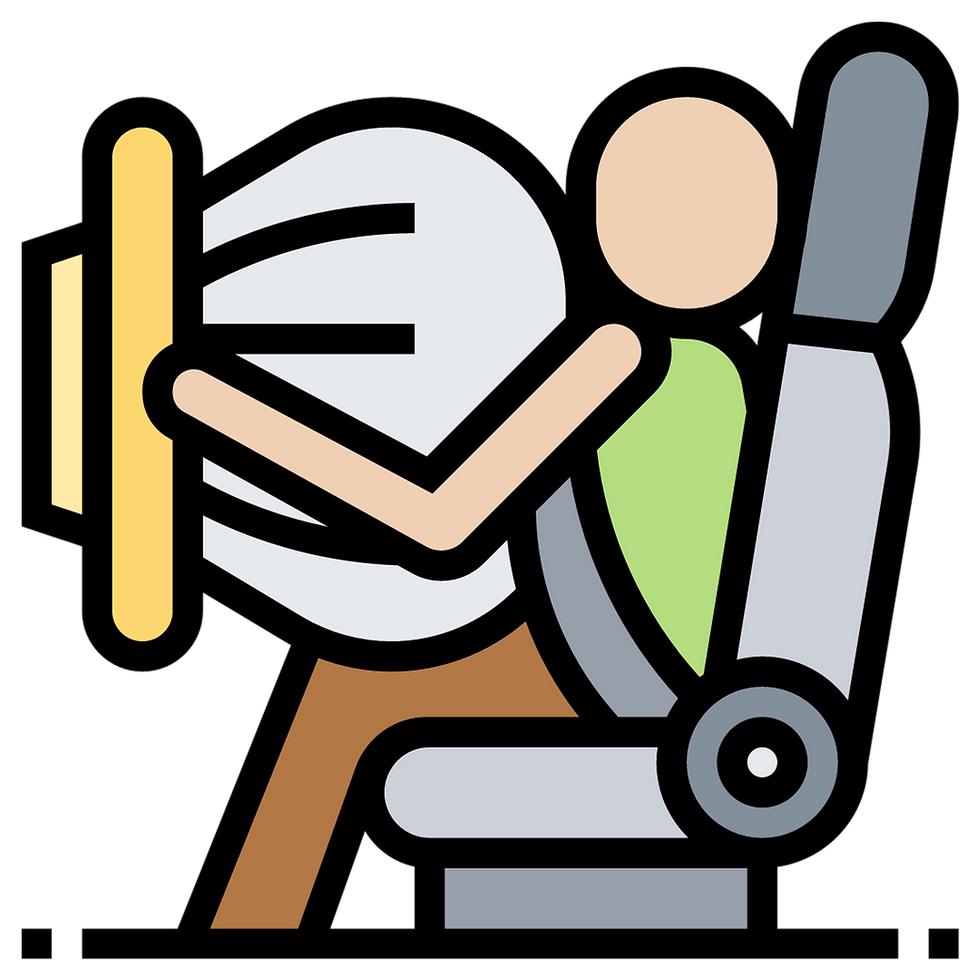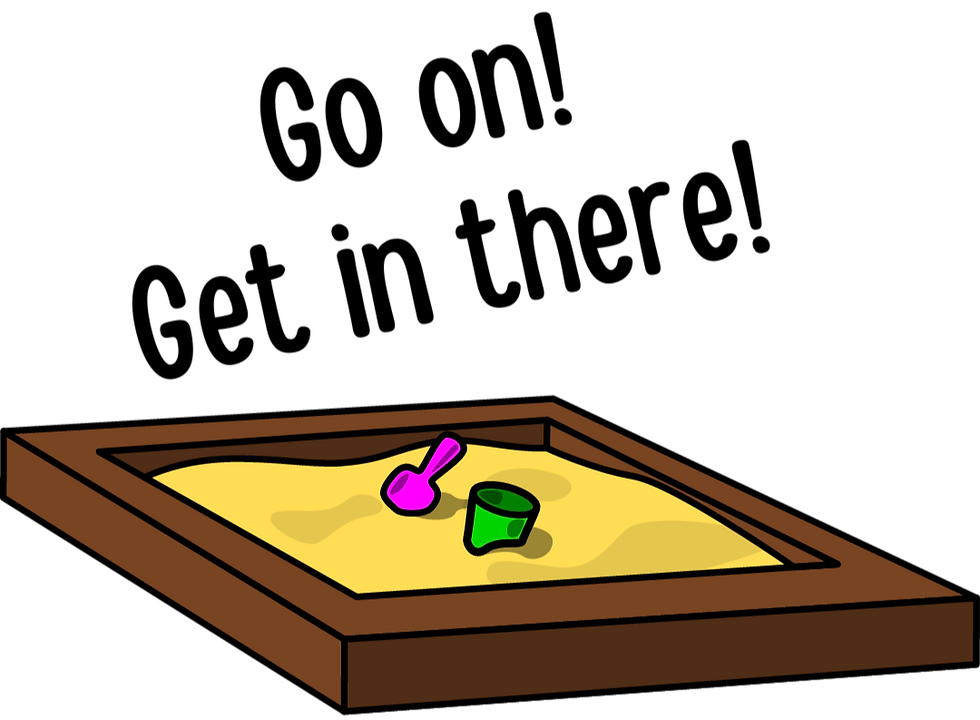
It doesn't matter where you're from, your senior students need discuss the way aspects of texts work together to illustrate an idea. (Yes, and achieve the creator's purpose.) And that's a pretty abstract concept to teach to students who want simple and concrete!
Here in New Zealand, NCEA level 1 achievement standards now rely heavily on students being able to do this.
For 1.1 Demonstrate understanding of how context shapes verbal language use (91924), gaining merit, involves “explaining connections between specific examples of verbal language”.
For 1.2 Demonstrate understanding of specific aspects of studied text (91925), gaining merit involves “explaining how specific aspects work together to create engagement with, or viewpoints on, a text.”
For your ‘exam standard’ -1.4 Demonstrate understanding of significant aspects of unfamiliar texts (91927) – gaining merit involves “explaining how significant aspects of texts work together to create meaning and effects”.
Of course, just to achieve, students must connect aspects (“stylistic conventions”) to develop their ideas for the externally marked ‘writing standard’ – 1.3 Develop ideas in writing using stylistic and written conventions (91926).
We teachers have two things to work out:
How to show students what “working together” looks like.
A way to teach students how to explain this in writing.
My tips at this stage:
ONE – Get in the sandpit:

Have a go at the standards yourself, but specifically that skill of explaining how two aspects of a text work together. You’ll:
§ Experience the difficulties your students will encounter. (Get some sand in yer eyes! Am I selling it?!)
§ Find that as you play, you’ll be thinking “how the heck am I going to teach kids to do this?” Playtime helps you break the skill into steps. (It takes trial and error to build a decent sandcastle.)
The next tips are about what students can do in the planning phase of things.
TWO – List the attributes of each aspect:
Attributes? Characteristics? I might go back to calling these ‘effects’, but my original M.O. was to use a word that pushes students beyond the basic effect of “it makes it memorable”. So, I think the first step, after choosing two aspects, is to get students to list the attributes of each aspect. How? Read on for tip 3!
THREE – Ways to list attributes:
Use one of these strategies (or invent your own while you’re in the sandpit) to help students think of the attributes/effects of each aspect.
Use prepositions
ON (What you feel ‘on’ your body – what you see, hear, smell etc)
IN (What you feel in your heart – emotions)
BACK (What you remember – past experiences)
FORWARD (What you think about)
You might want to get students to pop specific EXAMPLES of this aspect at the bottom of this list, just to make sure they have all the information they need later when it comes to that explanation.
OR
Use verbs
Tell students they must:
SENSE (Tap into their senses)
FEEL (What you feel in your heart – emotions)
REMEMBER (What you remember – past experiences)
SPARK (AKA think)
Again, perhaps get students to pop the specific EXAMPLES of this aspect at the bottom of this list, just to make sure they’re there in plain sight!
FOUR – Grab your funnel:
Get students to funnel the details from their lists into their description of the main idea. This will ensure students really are referring to how those aspects work together to illustrate that idea.
I've created a PDF to help you with all of this, and recently added this page to it. Grab it here or by clicking on the image below.
So, to recap, have students:
A. List attributes/effects then
B. Funnel these into your description of the main idea.
List and funnel. List and funnel!
Choosing the RIGHT two aspects:
Yes! This is an issue!
When students start funneling those attributes into their description of an idea, they’ll see whether or not their chosen aspects really do go together. If there are no similarities between the two aspects, they’ll have nothing to compile an idea from. If that’s the case, they need to rethink the aspects they’ve chosen. It’s a bit of trial and error, but the list and funnel steps give them a strategy to work that out.
All the best!

.png)


Σχόλια